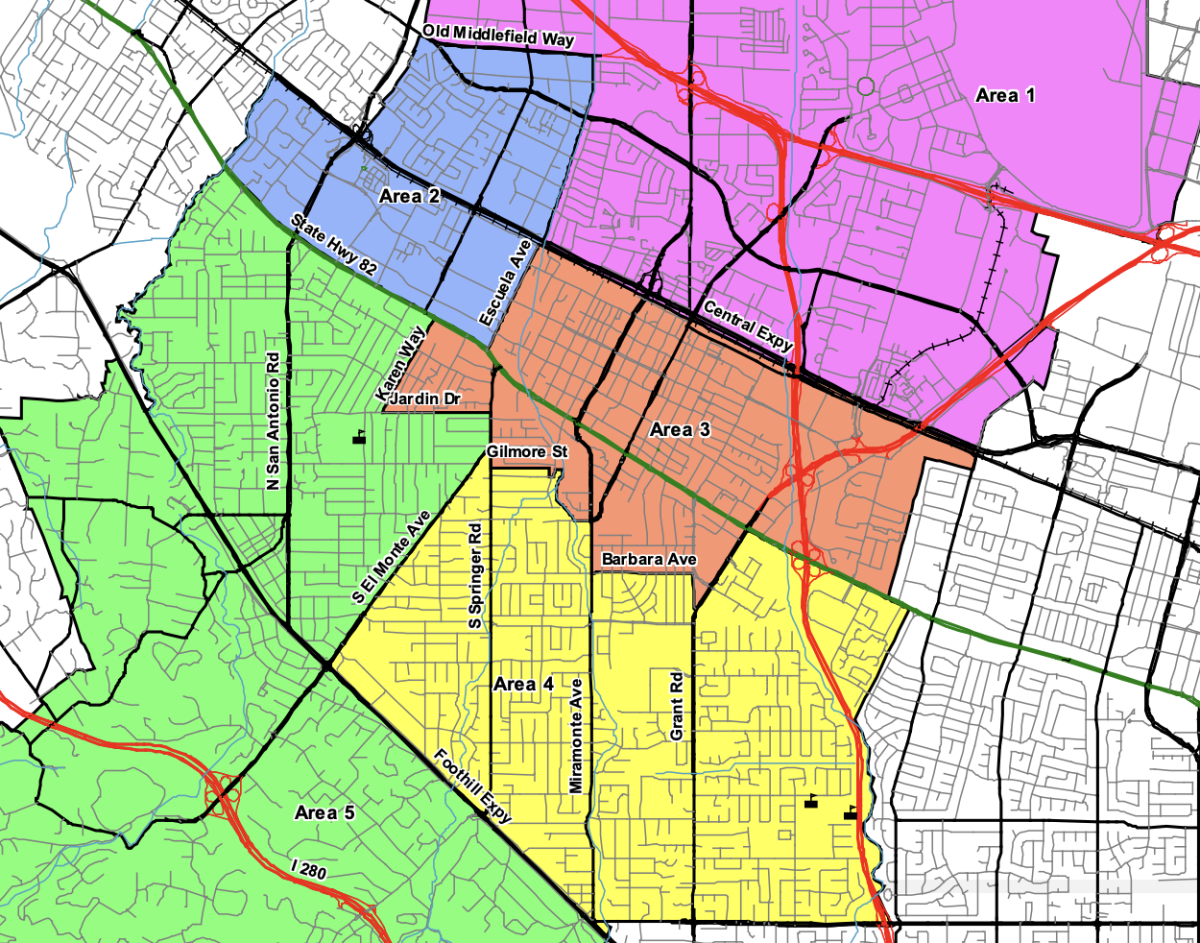When API scores are released, students, parents and educators hope to see that the school has improved. However, parents and students often compare the wrong API numbers and receive a false impression of growth. The API score is released as a Base and a Growth score, both of which are used to measure the school’s performance over a two year period.
The Base score is released in June, while the Growth score is released in September. The algorithm for a single set of Base and Growth scores is the same, but the algorithm changes from year to year. This makes the API score primarily a two year comparison. The raw data used to calculate the growth score for one year is then put in a new algorithm to create the following year’s base score.
Understanding the Timing of API Scores
In September 2011, the California Department of Education (CDE) gave Los Altos High School a 2011 Growth API score of 875, an 18-point increase from the 2010 Base API score of 857. This was representative of significant growth in the students’ California Standards Test (CST) scores, California High School Exit Exam (CAHSEE) scores and dropout rates between the two school years. The Base score sets the bar and the Growth measures how the school or district has improved. Between the last three school years, there has been a double-digit increase between the Base and the Growth API score.
In June 2012, the same data and scores used to calculate the 2011 Growth API scores were recalculated to create the 2011 Base API scores. These scores were released and set to be 873 for the school and 859 for the district. This set a higher bar for both the school and the district than the year before. The upcoming 2012 Growth API scores, to be announced this September, will now be measured against this new school Base of 873 and district Base of 859 to reflect the potential improvement in 2011-2012 over the 2010-2011 school year.
With the September date approaching and a double-digit streak to keep up, it is worthwhile understanding how the API scores are calculated and their significance.
Breaking down the API
Despite the fact that the API score is meant primarily as a two year comparison, the California Department of Education (CDE) has calibrated prior years’ scores with the current scores to compensate for newly incorporated elements. This makes it possible to compare API scores over a longer period of time, but CDE still states that the API scores primary use is a two-year comparison.
“Although the API is meant as a measure of academic growth, it is not intended to track the school’s growth over several years,” Ed-Data states. “The meaningful comparison is within each annual API cycle, between the Base API and the Growth API, because the computation of the API is kept as similar as possible within each cycle.”
As of 2003, the API Base and Growth scores were extended from schools to districts in order to meet the requisites of the No Child Left Behind (NCLB) law.
“To calculate the district API, they take all the students from Mountain View, Los Altos, and Alta Vista and they dump their data in the same algorithm used for the individual schools,” Superintendent Barry Groves said.
Beyond the Base API and Growth API scores, the CDE calculates a ranking which will be released in March of 2013 for comparing Los Altos’ two prior school years to those of other schools. In fact, there are two rankings that are given: the statewide and similar school rankings.
The statewide ranking compares a school’s Growth API score to the rest of the schools in California. In March, Los Altos’ Growth API score of 875 ranked it among the top 10 percent of schools in California, giving it a score of 10.
“To calculate the next number [the similar schools ranking] CDE takes the socioeconomic factors of the school, which is basically the parent’s education level, number of students on free and reduced lunches- which is surrogate measure for poverty levels and socioeconomic status,” Groves said. “CDE puts you in the middle and takes 50 above 50 below who have approximately the same socioeconomic levels and they compare you to those- the 100 schools. If you are in the top 10 of that 100 [or top 10%], you get a 10, and if you are in the top 20 [or top 20%] you get a nine.”
Among similar schools, Los Altos was given a score of nine, meaning it was in the top 20 of the 100 schools with similar socioeconomic levels.
This API data – the rankings and the API score itself – are used by colleges to understand the level of a school.
“I think a real plus for students is when students apply for admission to colleges, particularly highly selective universities, they look at the quality of the school,” Groves said. “So one of the things they look at is the API rankings. So if they look at a school that’s a 10 in a ranking versus a school with a seven, they’ll know that the quality of students is higher there.”
A high ranking and API score not only improves the likelihood of students being admitted into a college, but also is meant to reflect a high potential for success in a University of California or CSU.
To receive a high API score students must score well on the CST and CAHSEE and the school must have low dropout rates.
“If they do well on CST, they are meeting the requirements for the curriculum aligned with University of California and CSU,” Groves said.
Assistant Principal Galen Rosenberg said he was confident that students can continue to improve these CST scores and display growth between our current Base API score and our upcoming Growth API score this year and in the years to come.
“I think it’s conceivable that we could have higher scores in the next few years than we’ve had this year,” Rosenberg said. “I don’t know if the amount of growth is going to go on forever, since there’s obviously a curve. I think we could have higher scores…and I think there’s no particular external factors that say that we won’t remain within this 875-900 realm.”








